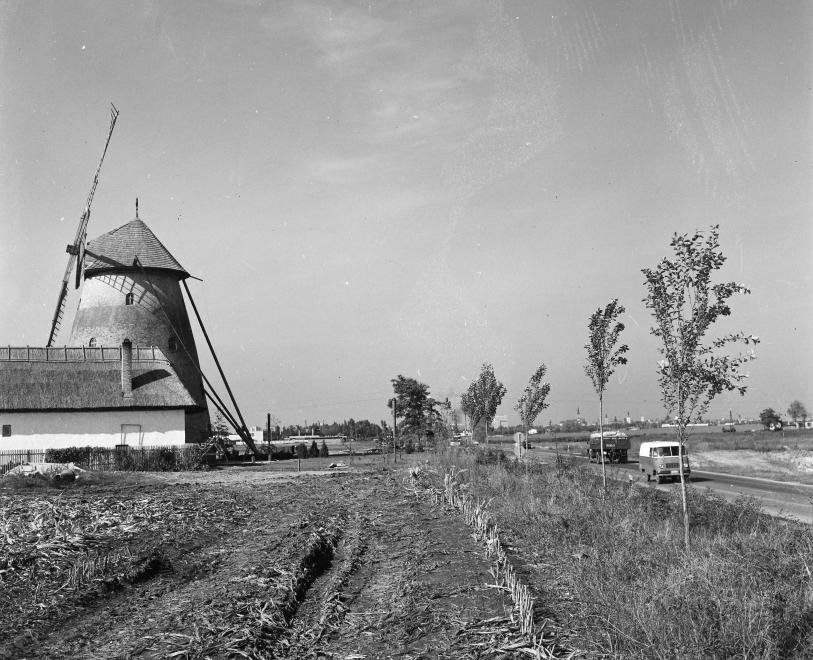The widespread use of windmills in Hungary dates back to the second half of the 19th century. According to statistics, there were 476 windmills in the country by 1863. At the same time, the number of steam mills was increasing in popularity.
Steam mills were far more productive because they were not reliant upon the wind, however, they were more expensive to run and so, the number of windmills first increased then started to decrease. In 1880, there were still more windmills than steam mills due to the lack of economic progress.
Most of the windmills were set up in the Great Plain including towns as Szeged, Kiskunfélegyháza, Debrecen, and Hódmezővásárhely.
In the second half of the 1800s, there were hundreds of mills (dry mills, windmills, and even watermills) in Debrecen. The Hortobágy mill built-in 1864 was the largest windmill in Central Europe. but it operated only until 1896. The monument at the Böszörményi street has been beautifully renovated and today it operates as a seven-story hotel.
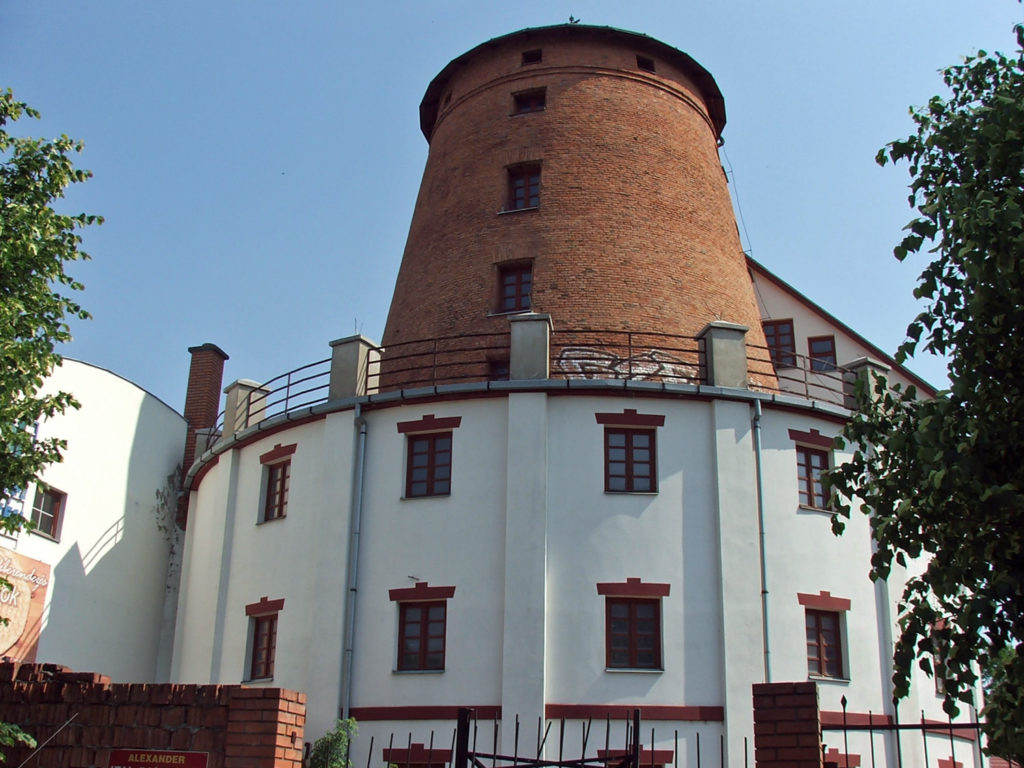
The windmill was a common sight in Nagykunság, including Karcag, which is only an hour from Debrecen. There was a total of sixty mills in Karcag alone, 11 of which were windmills. The Dutch-style Gál mill built in 1859 is the only one that survives in the settlement and it was named after its builder, Ferenc Gál but It was shut down in 1949. It is interesting that it stands on a hill-like protrusion surrounded by a brick wall. Today, there is a museum located there where visitors can see its original equipment.
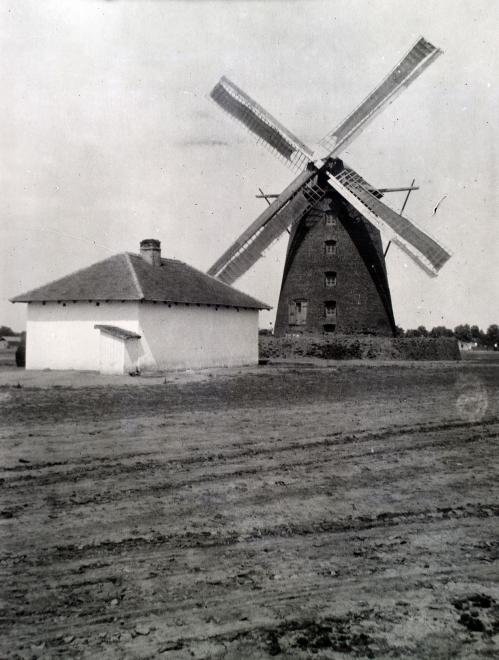
Farther south-west of Debrecen you can find the Józsefné mill in Bognár in Jánoshalom. Built-in 1892, and the Bagimajor windmill on the border of Kengyel in Jász-Nagykun-Szolnok county. The Bagimajor mill was built in the middle of the 19th century on behalf of the Almásy family on top of a kunhalom (burial mound or barrow). Today, it functions as a creative house.

The Pajkos-Szabó mill in Kiskunfélegyháza, was built in 1860, is the only mill in Hungary with an underpowered rotating gear, while the roof of the Szentes-Dónát mill in the Ópusztaszer National Historical Park could be rotated, so the sails can be adjusted in the wind direction. It was up to the miller to watch the wind direction and set the sails in the right direction because the wind could even damage them.

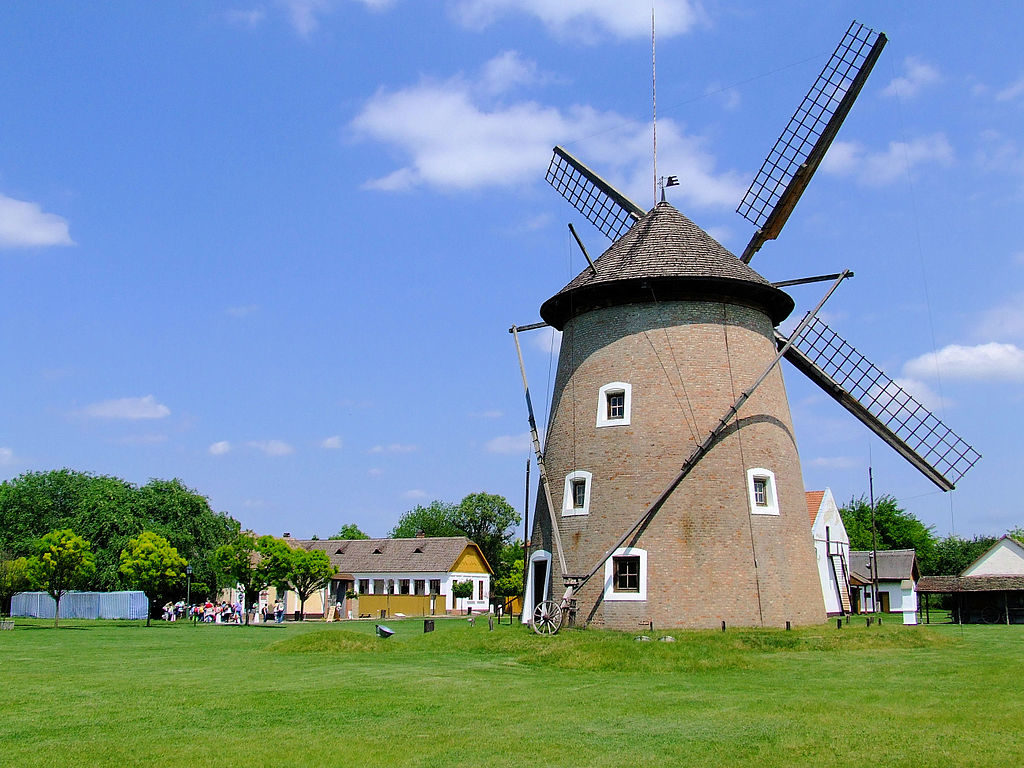
Szeged and its surroundings had the most windmills in the second half of the 19th century. There were a total of 91 located there in 1895. The Faragó mill in Dorozsma was built in 1821, before the heyday of domestic windmills, and is one of the oldest mills in the area. It was declared a monument but collapsed in 1970 due to flooding and inland water. It was soon rebuilt.
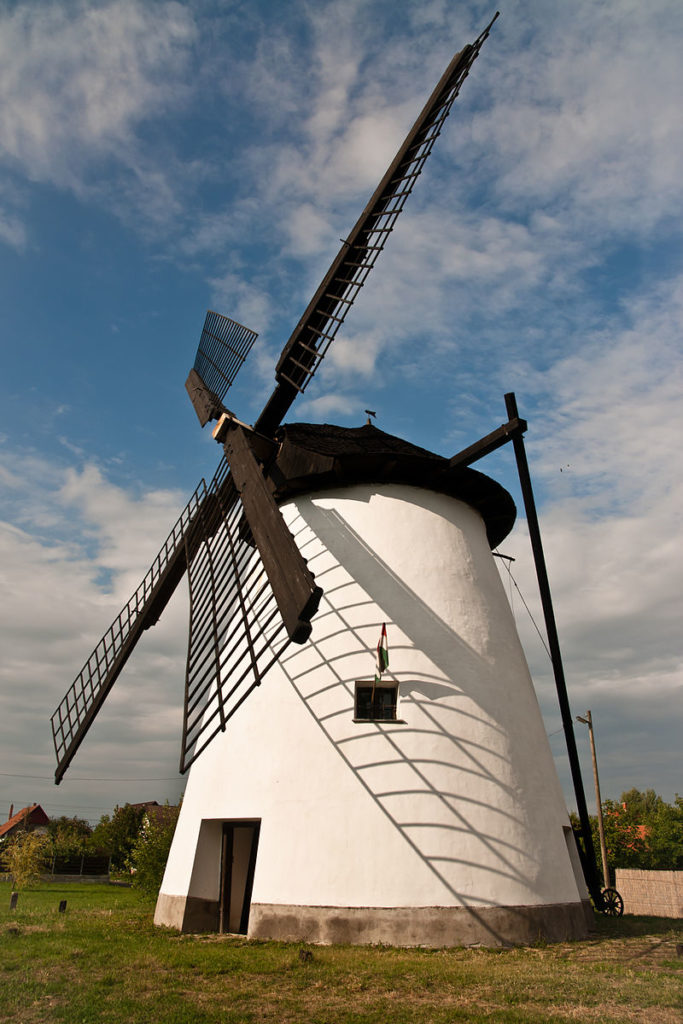
Windmills were also built outside the Great Plain, such as the Helt or Held mill (1841) and the Ozi mill used for grinding (1924). In the open-air museum in Szentendre you can see the Dusnok windmill within the framework of the exhibition presenting the Great Plain region. It was demolished in its original location in the 1970s and handed over to tourism in 2000. Its sails can also be rotated according to the direction of the wind.
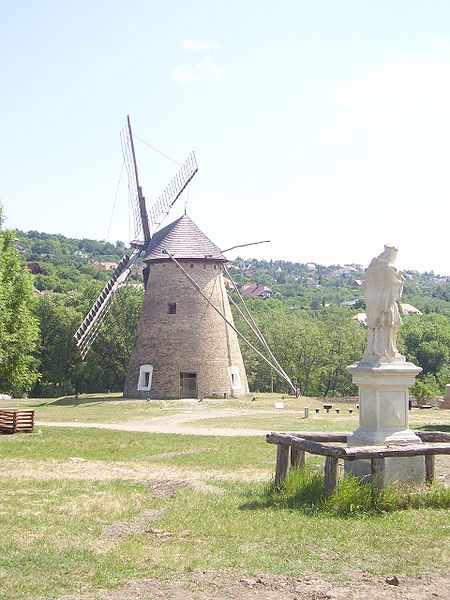
In Kecskemét you can see the only windmill inn in Hungary, which never functioned as a real mill, because it was built as an inn in 1973. The structure of the mill ended up there when the 170-year-old Tiszasasi mill was demolished.
